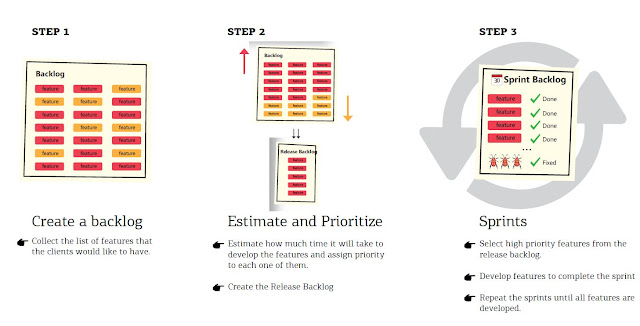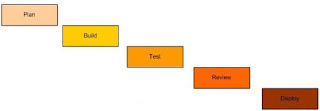A Scrum Master Is Not a Project Manager Contrary to popular belief, the ScrumMaster and project manager roles are highly different and shouldn't be confused. As more companies migrate their project management to Agile, many do so without a proper understanding of what they're aiming for. In particular, there are incorrect assumptions made about the roles in Agile; people often expect that the shift from Waterfall practices includes a wholesale shift of roles. The ScrumMaster, however, does not play the part of the traditional project manager. In fact, the ScrumMaster is an entirely new role. (If you're looking for the project manager within Agile, you'd be better off looking to the product owner.) Who does what? Traditionally, the project manager is a leader, a decision maker, a planner, someone who manages the project and the team and is the person accountable to the business for accomplishing the project objectives. The ScrumMaster's role is more that of coach a...



